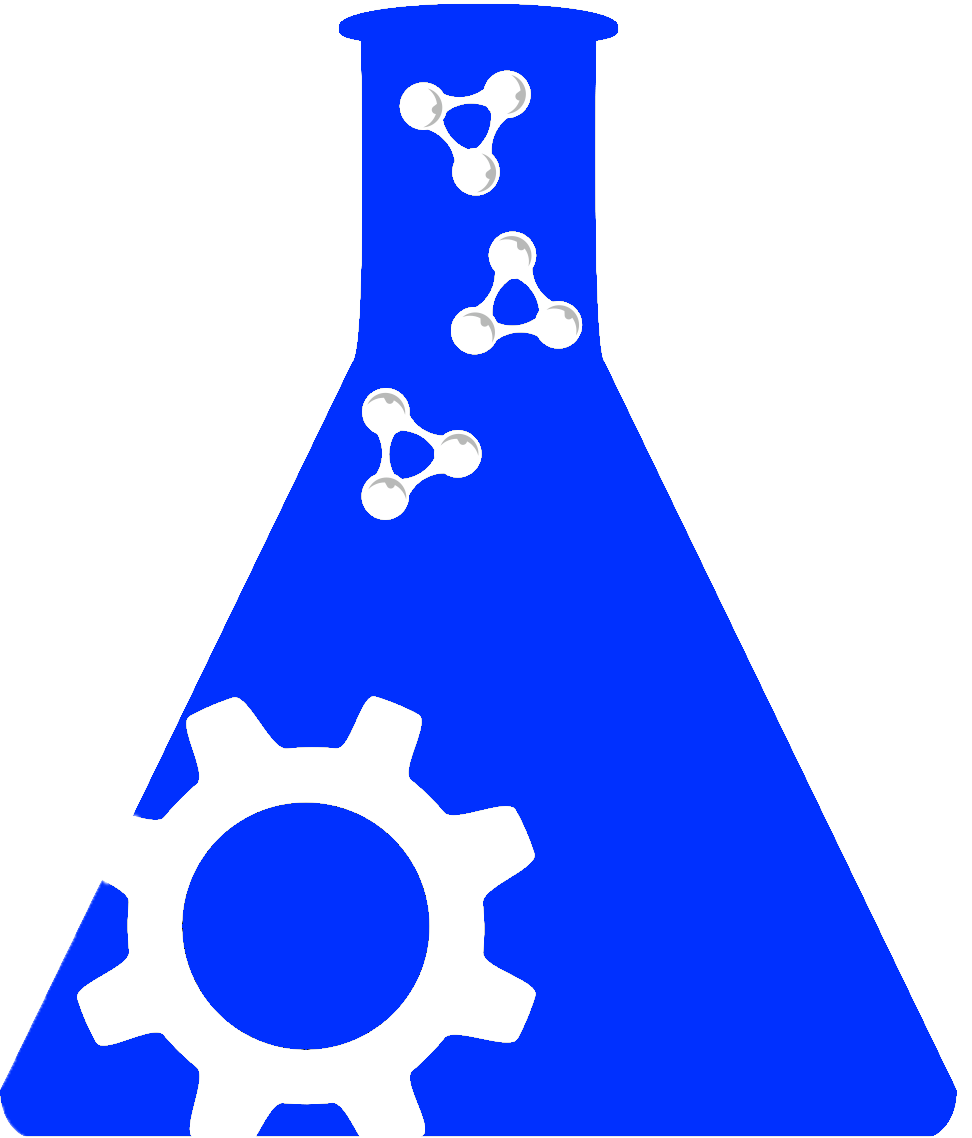Leaving Community
Are you sure you want to leave this community? Leaving the community will revoke any permissions you have been granted in this community.
Scientific Rigor and Reproducibility
Scientific rigor and transparency is key to the successful application of knowledge toward improving health outcomes. The NIH rigor and transparency policy was announced in the fall of 2015 and was applied to most research grants submitted on or after January 25, 2016.
dkNET is committed to helping researchers understand and comply with new requirements and recommendations coming from the NIH and publishers aimed at improving the rigor, reproducibility and transparency of reported research. dkNET can help researchers generate an identification and authentication report for key biological resources-organisms, antibodies, cell lines-using our resource identification system (RRIDs) and tools, in accordance with the NIH policy*.
- Are you familiar with the NIH policy on Rigor and Reproducibility? Tell me more...
- Do you know that to comply with the NIH Policy on Rigor and Reproducibility you must address 4 focus areas in your NIH grant application? Tell me more...
- Are you familiar with how to authenticate key biological and/or chemical resources? Tell me more...
- How can dkNET assist in preparing the "authentication of key biological and/or chemical resources" report for your grant application?
Tell me more...
*Disclaimer: Researchers should verify the authenticity of their research resources before grant submission or publication. Current NIH guideline (as of November 2016) does not include clear instruction of authentication process. Recommendations of authenticating the resources listed on dknet.org are generated by the suggestions from experts’ opinions and volunteer working groups. Information provided on dknet.org does not represent the NIH policy. Resource identification information, such as problematic cell lines, obtained from dknet.org are ingested from relevant databases in a timely manner and vary by resource center. For most updated information, please check individual resource centers directly. dkNET bears no responsibility for the accuracy and reliability of ingested content.

